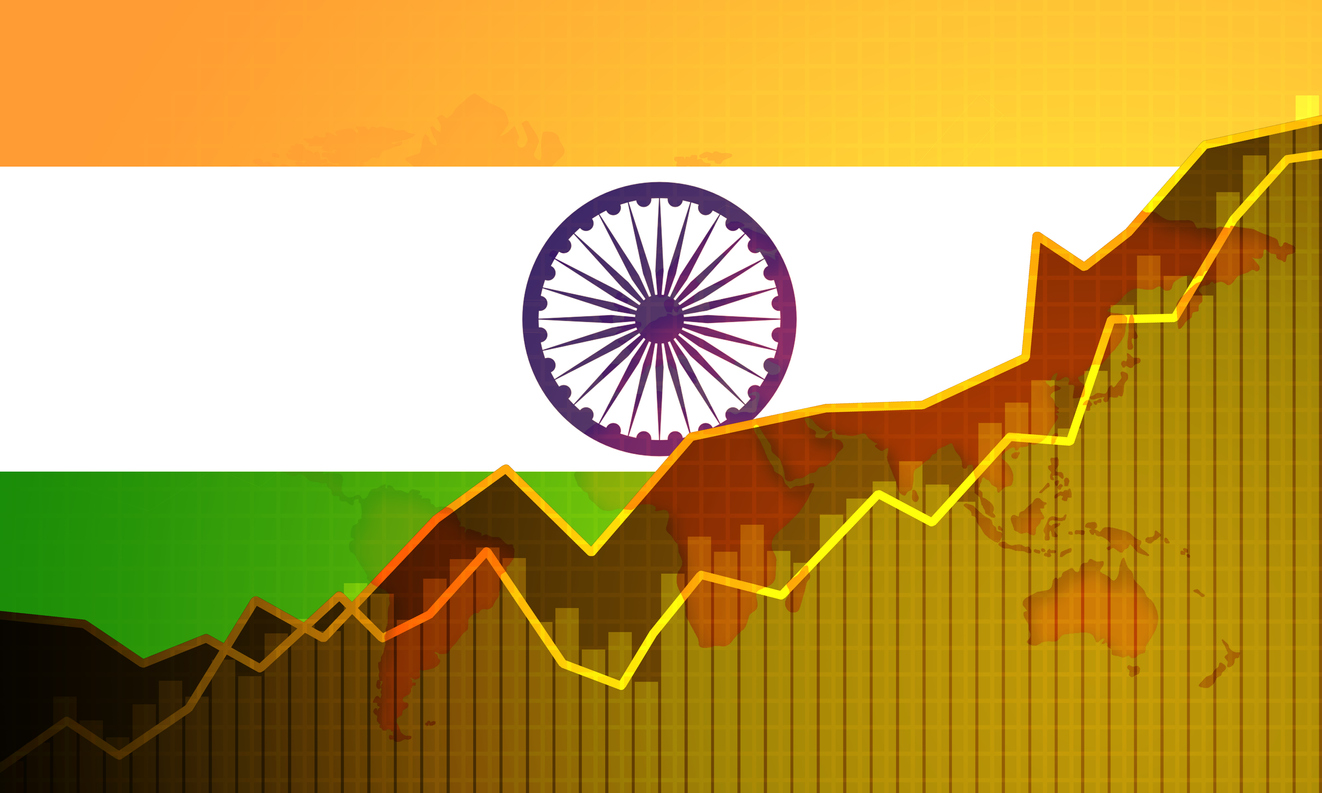
December 5, 2023
The International Monetary Fund (IMF) has forecasted that India will reach this ambitious target and secure the position of the third-largest GDP by 2027-28
This represents a significant stride towards its objective of evolving into an advanced economy by 2047
As of the conclusion of the fiscal year 2022-23, India's GDP reached US$ 3.7 trillion
The Indian economy was valued at US$ 189 billion in 1980-81, surging to US$ 326 billion within a decade

India is poised to attain the milestone of a US$ 5 trillion economy in the near future, representing a significant stride towards its objective of evolving into an advanced economy by 2047, as declared by Minister of State for Finance Pankaj Chaudhary.
The International Monetary Fund (IMF) has forecasted that India will reach this ambitious target and secure the position of the third-largest GDP by 2027-28. Chaudhary expressed confidence that India will achieve the US$ 5 trillion economy mark in the early stages of the ‘Amrit Kaal,’ aligning with the nation’s aspirations of advanced economic status by 2047.
According to a Lok Sabha report, Chaudhary underscored the pivotal role of a robust rupee from macroeconomic stability in propelling India beyond the US$ 5 trillion GDP threshold.
As of the conclusion of the fiscal year 2022-23, India’s GDP reached US$ 3.7 trillion. Reflecting on historical trends, the Indian economy was valued at US$ 189 billion in 1980-81, surging to US$ 326 billion within a decade. Subsequently, the GDP reached US$ 476 billion by 2000-01, soared to US$ 1.71 trillion in 2010-11, and escalated to US$ 2.67 trillion in 2020-21.
Emphasising India’s status as a market economy, Chaudhary highlighted the government’s monitoring of economic progress through market-driven GDP and exchange rates. The interplay between domestic and international markets plays a crucial role in shaping India’s GDP, exchange rate, and the respective contributions of agriculture, industry, and services sectors.
In the fiscal year 2022-23, the nominal GDP contributions stood at 18.4% for agriculture, 28.3% for industry, and 53.3% for services. Chaudhary acknowledged the government’s instrumental role in fostering economic advancement through policy interventions, citing initiatives spanning the past nine years. These include the implementation of the Insolvency and Bankruptcy Code, public sector bank recapitalisation, the introduction of the Goods and Services Tax (GST), corporate tax reduction, increased capital expenditure, initiation of the Production Linked Incentive (PLI) scheme in 14 sectors, ongoing liberalisation of the Foreign Direct Investment (FDI) regime, and the development of digital infrastructure.
Source: Times of India